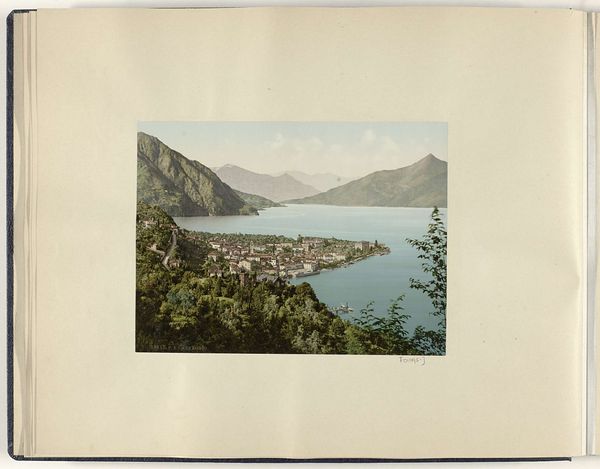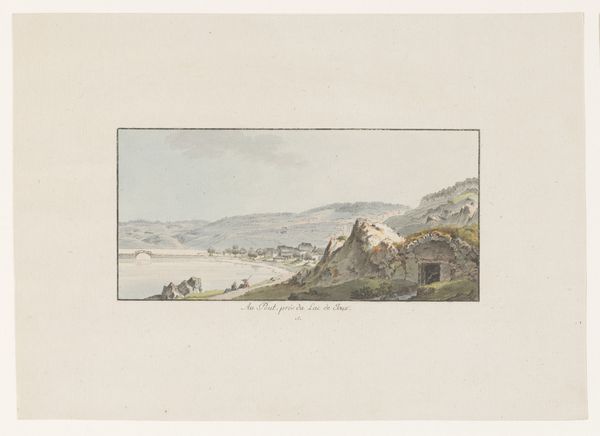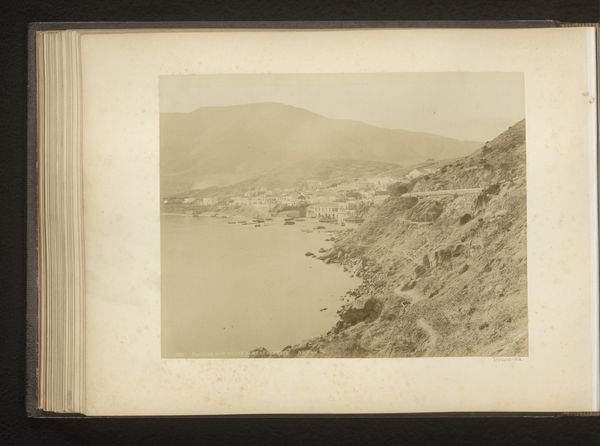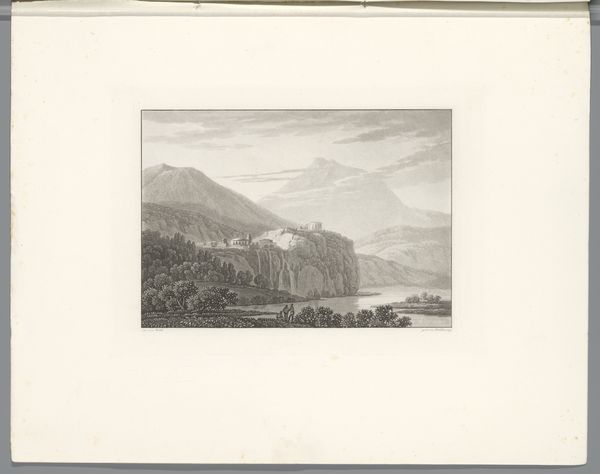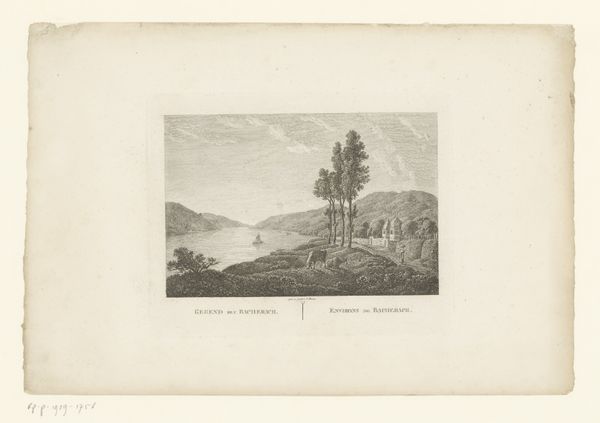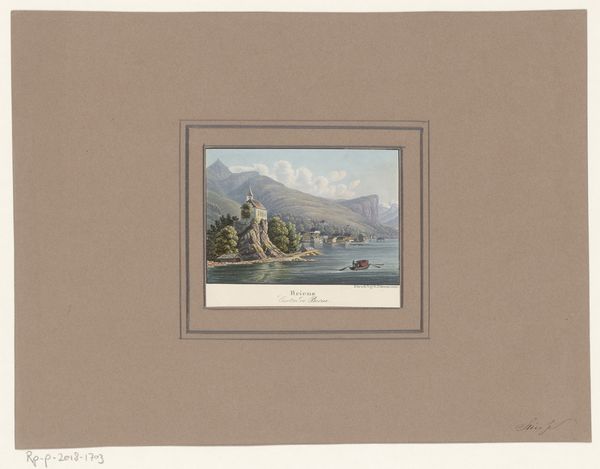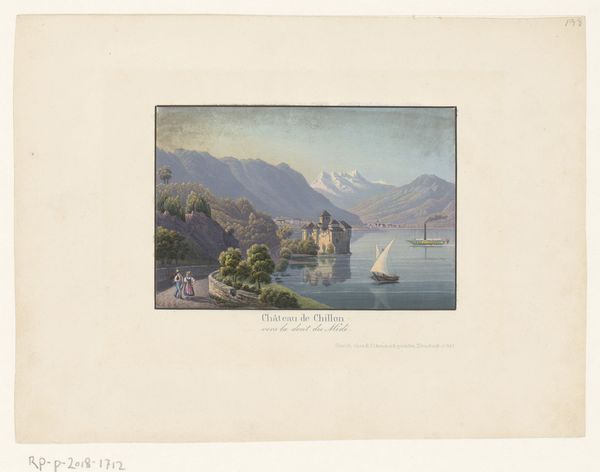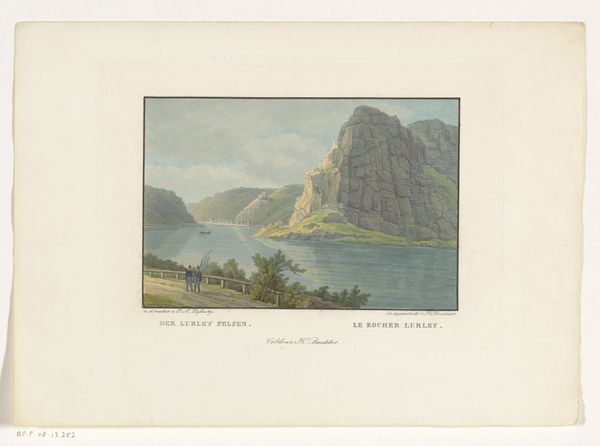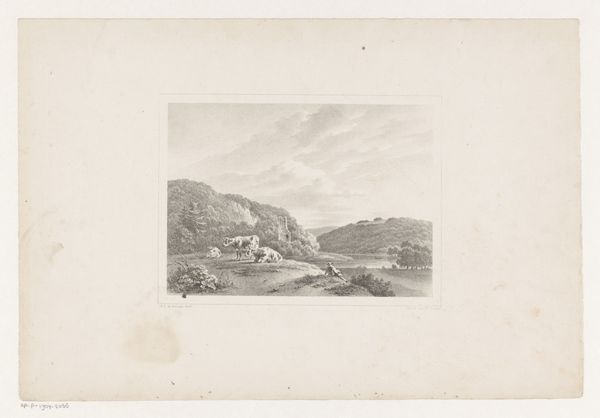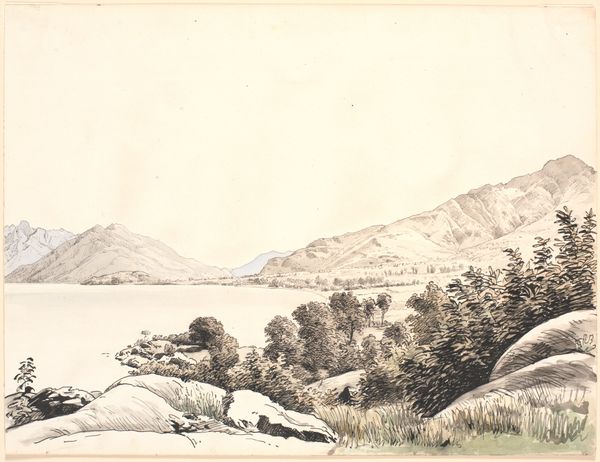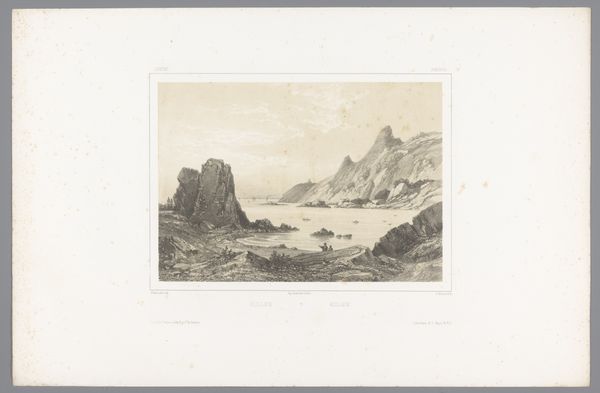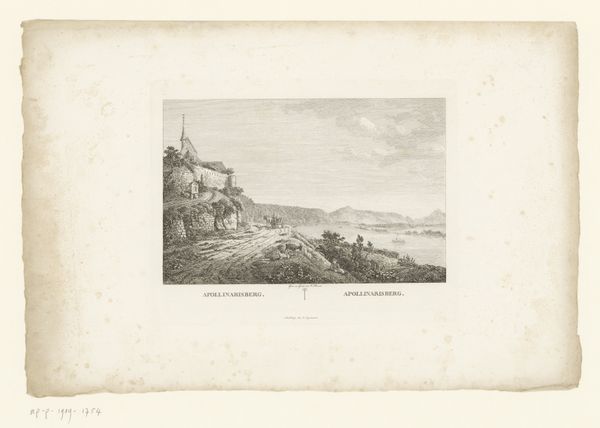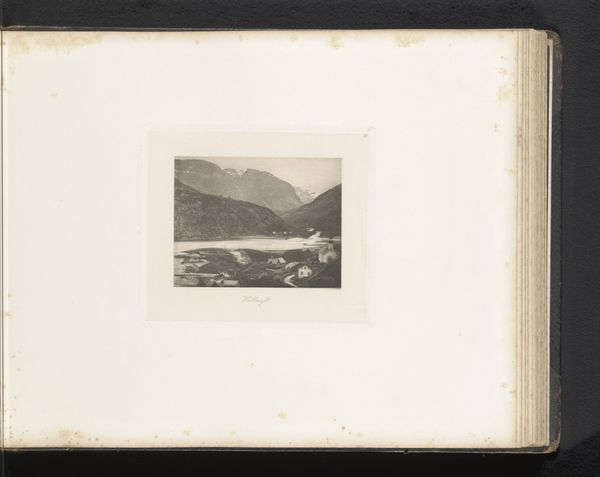
Gezicht op Bellagio en omliggende landerijen aan het Comomeer c. 1880 - 1900
0:00
0:00
plein-air, photography, watercolor
#
lake
#
plein-air
#
landscape
#
photography
#
watercolor
#
coloured pencil
#
watercolor
Dimensions: height 167 mm, width 223 mm
Copyright: Rijks Museum: Open Domain
Editor: This is a fascinating piece! It’s a photochrom print titled "View of Bellagio and surrounding farmlands on Lake Como," made between 1880 and 1900. What strikes me is how the image almost feels like a painting because of the soft color palette. What stands out to you about this work? Curator: I’m drawn to how this photochrom challenges traditional boundaries between photography and watercolor, blurring the lines between high art and mass production. We must consider how such images were manufactured and consumed. Do you notice how the manipulation of the photographic process itself—the addition of color, the almost painterly effect—speaks to a specific market, to a growing tourist industry perhaps? Editor: That’s interesting! So, you’re saying the "painterly effect" wasn't just aesthetic but driven by commercial demand? Were these produced serially for tourists? Curator: Exactly. These weren't unique artistic statements, but commodities. Think about the labor involved. Photochromy was a commercial process requiring skilled technicians. How does that inform our understanding of landscape imagery during this period, when photography was rapidly becoming democratized, while handcraft retained its value? What does the source photograph represent if altered through craft? Editor: So, this photochrom is less about a single artistic vision and more about the social and economic factors influencing its creation and consumption? It’s fascinating to think about it as a manufactured product rather than simply a beautiful view. Curator: Precisely. Consider the materiality of the image itself - the paper, the dyes, and the printing process. How do these material aspects contribute to its meaning? Editor: Thinking about the labor, the consumption, and the actual materials definitely adds another layer to my appreciation for this piece. I will consider that when I explore similar artwork. Thank you. Curator: Indeed. It's important to look beyond the surface and consider the socio-economic context shaping artistic production and consumption.
Comments
No comments
Be the first to comment and join the conversation on the ultimate creative platform.
